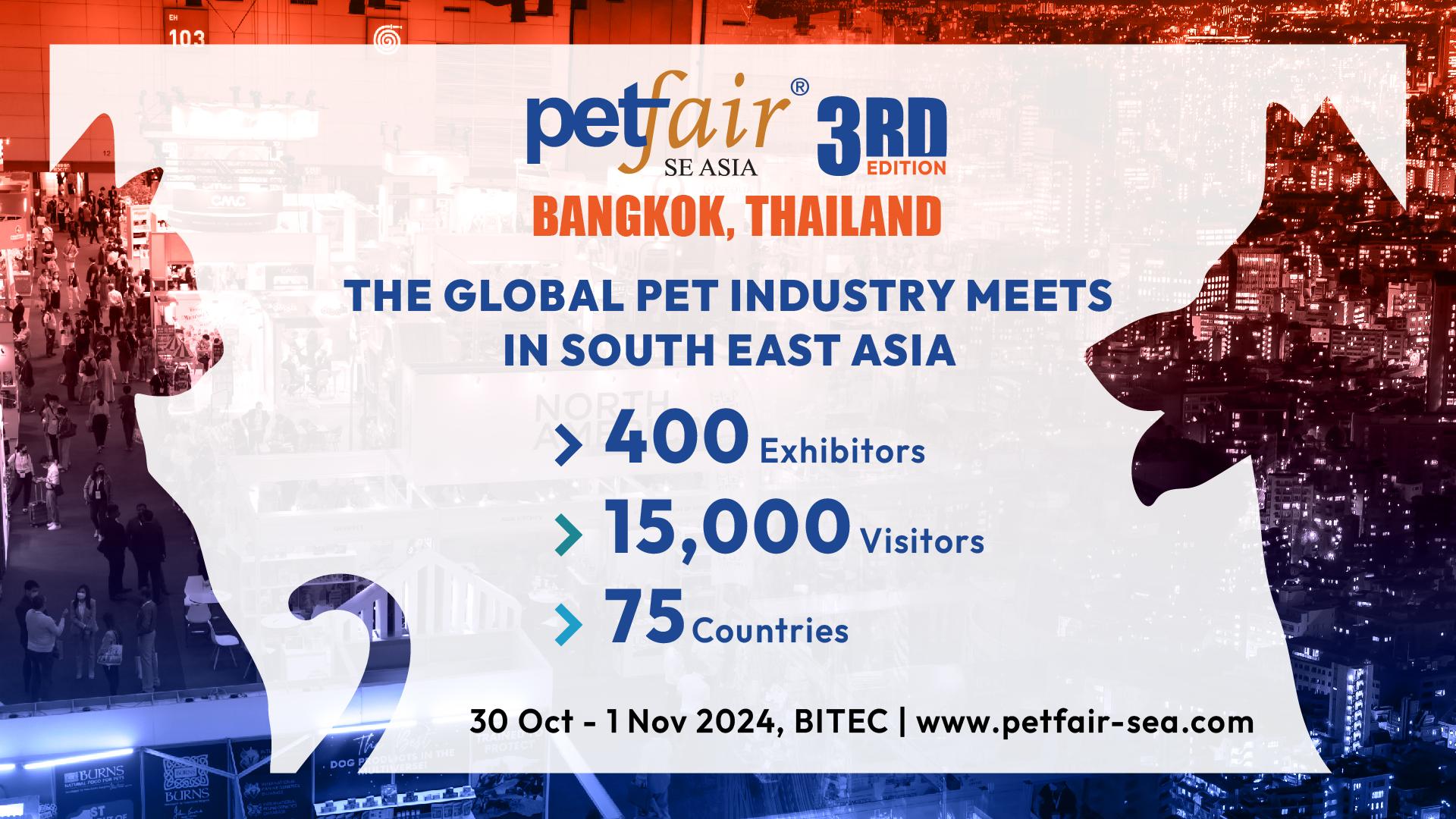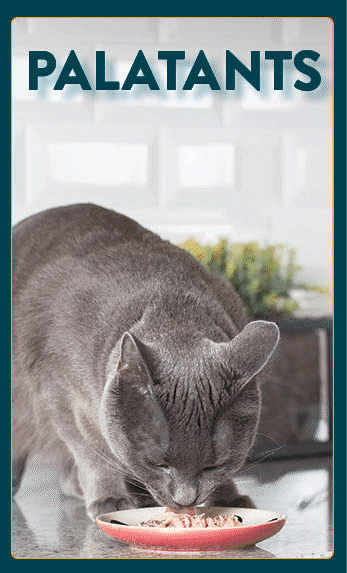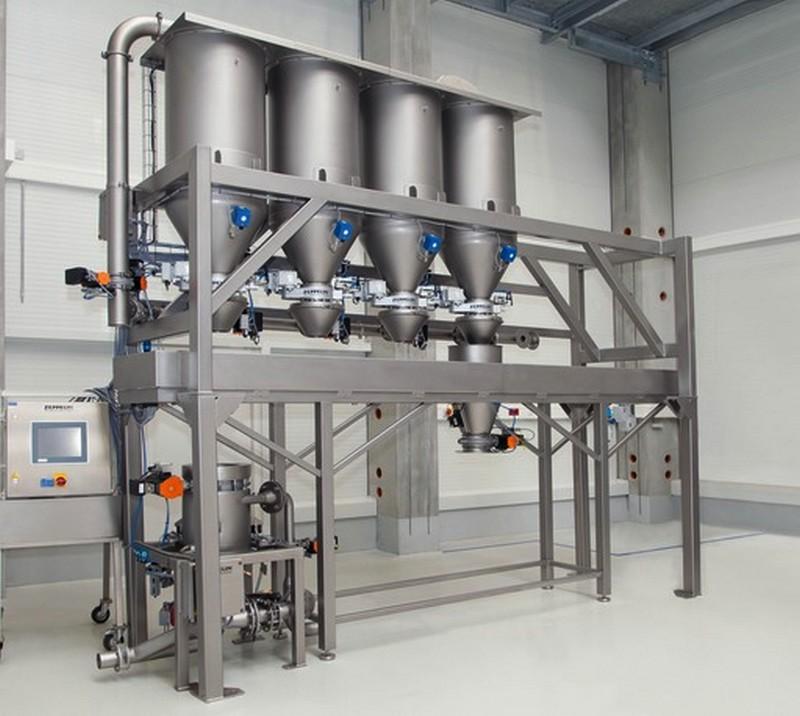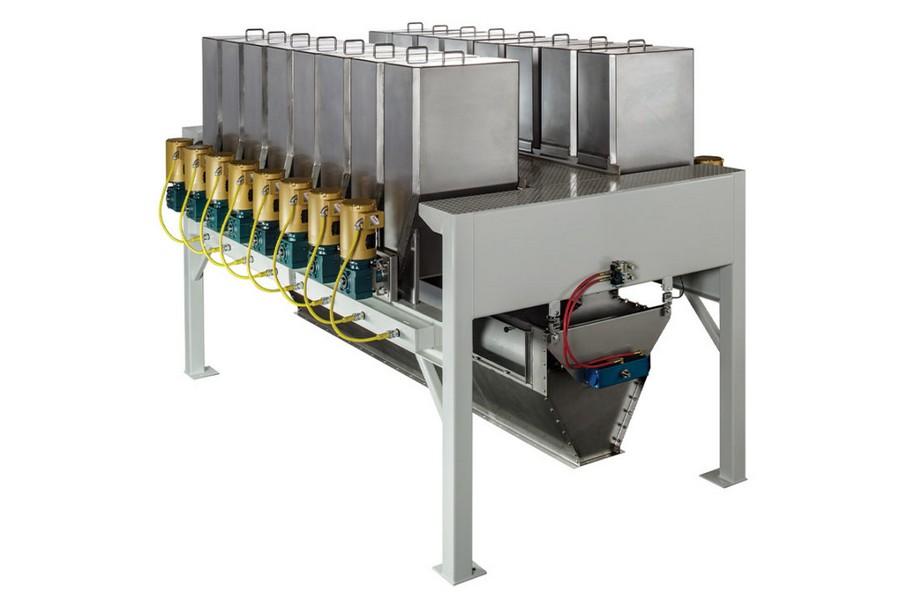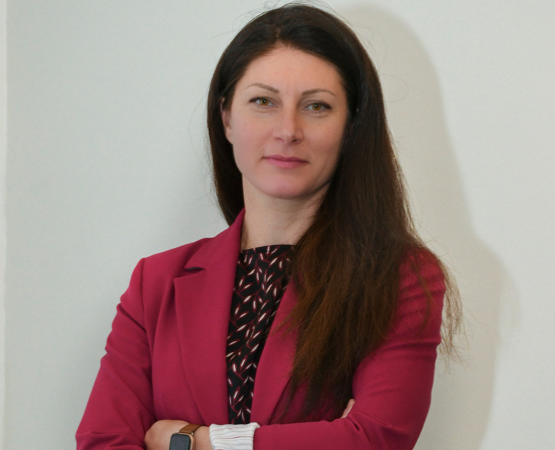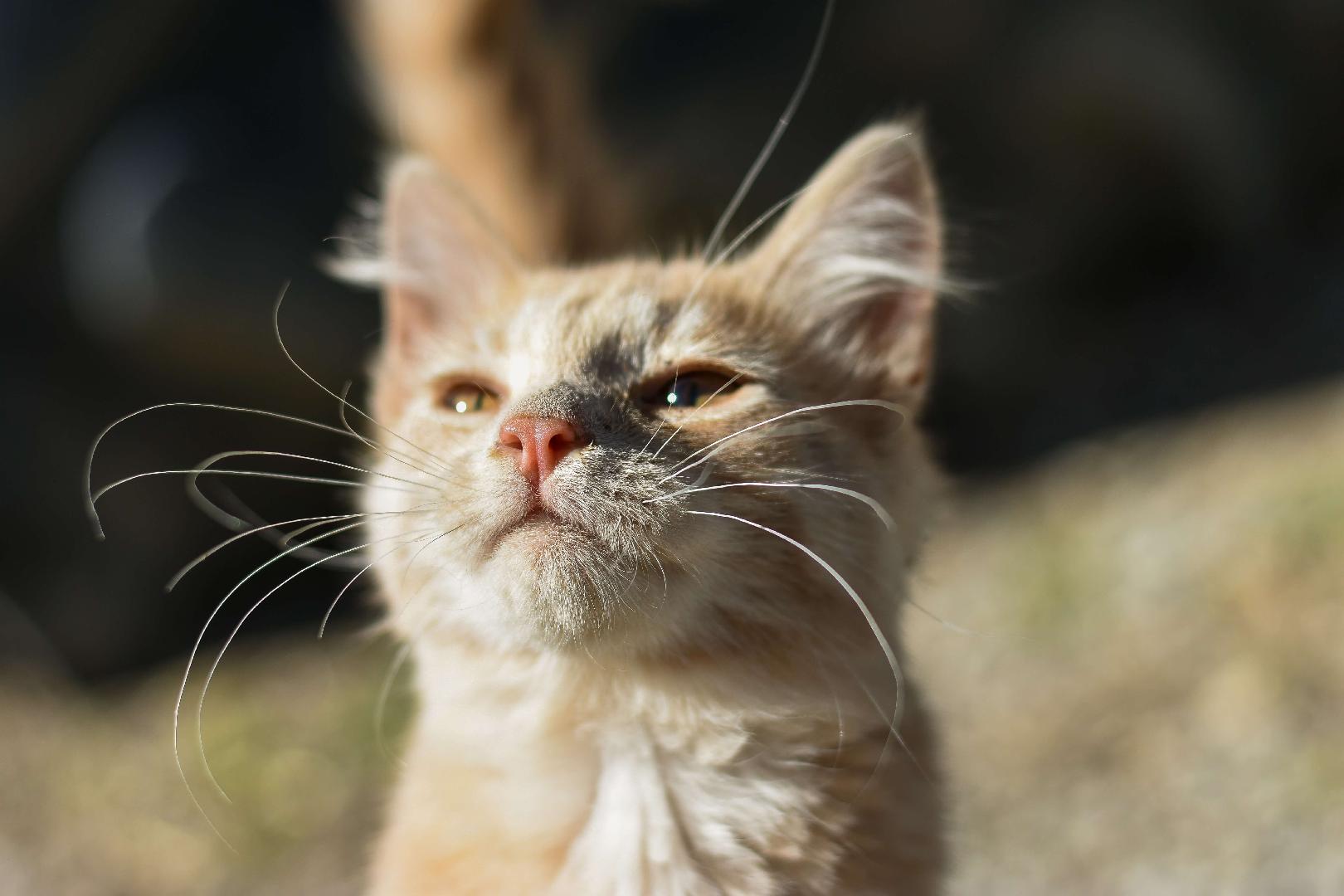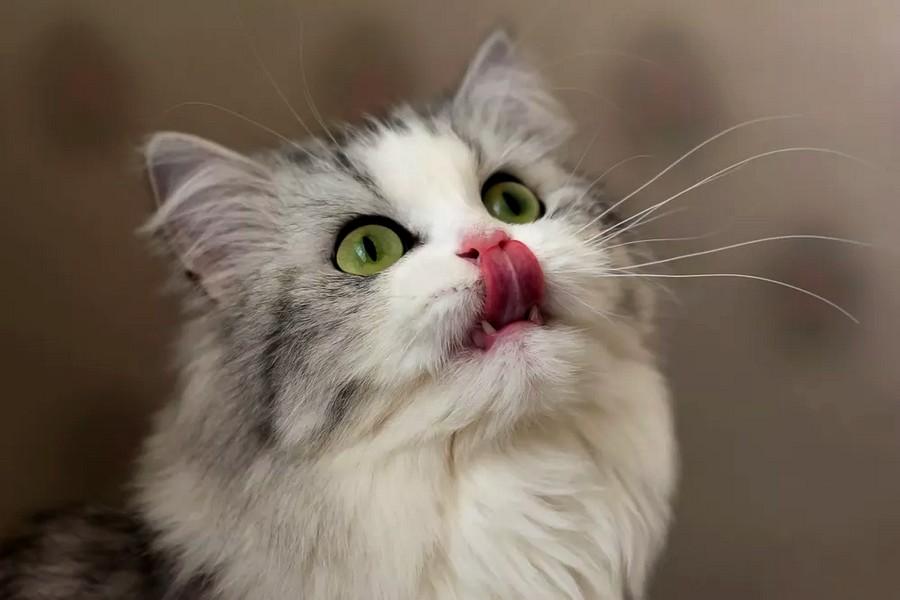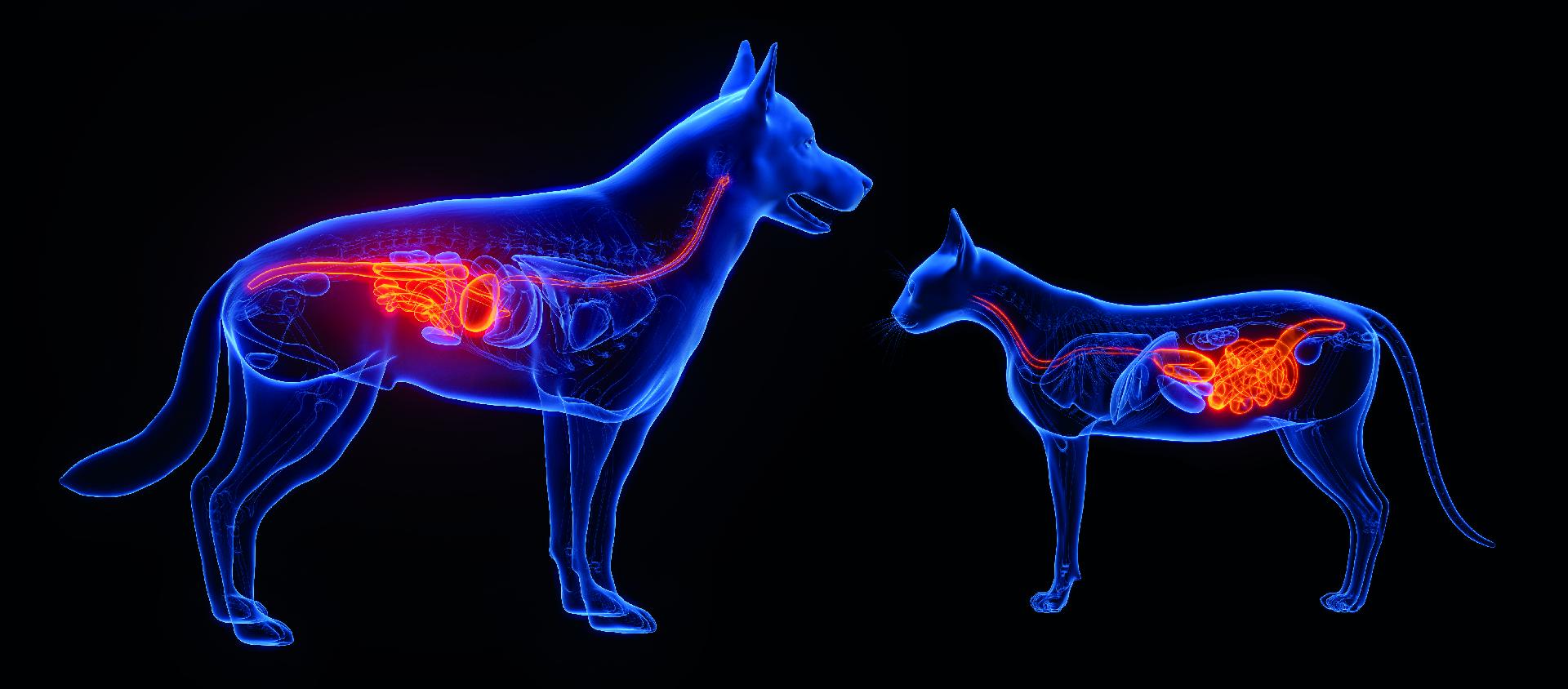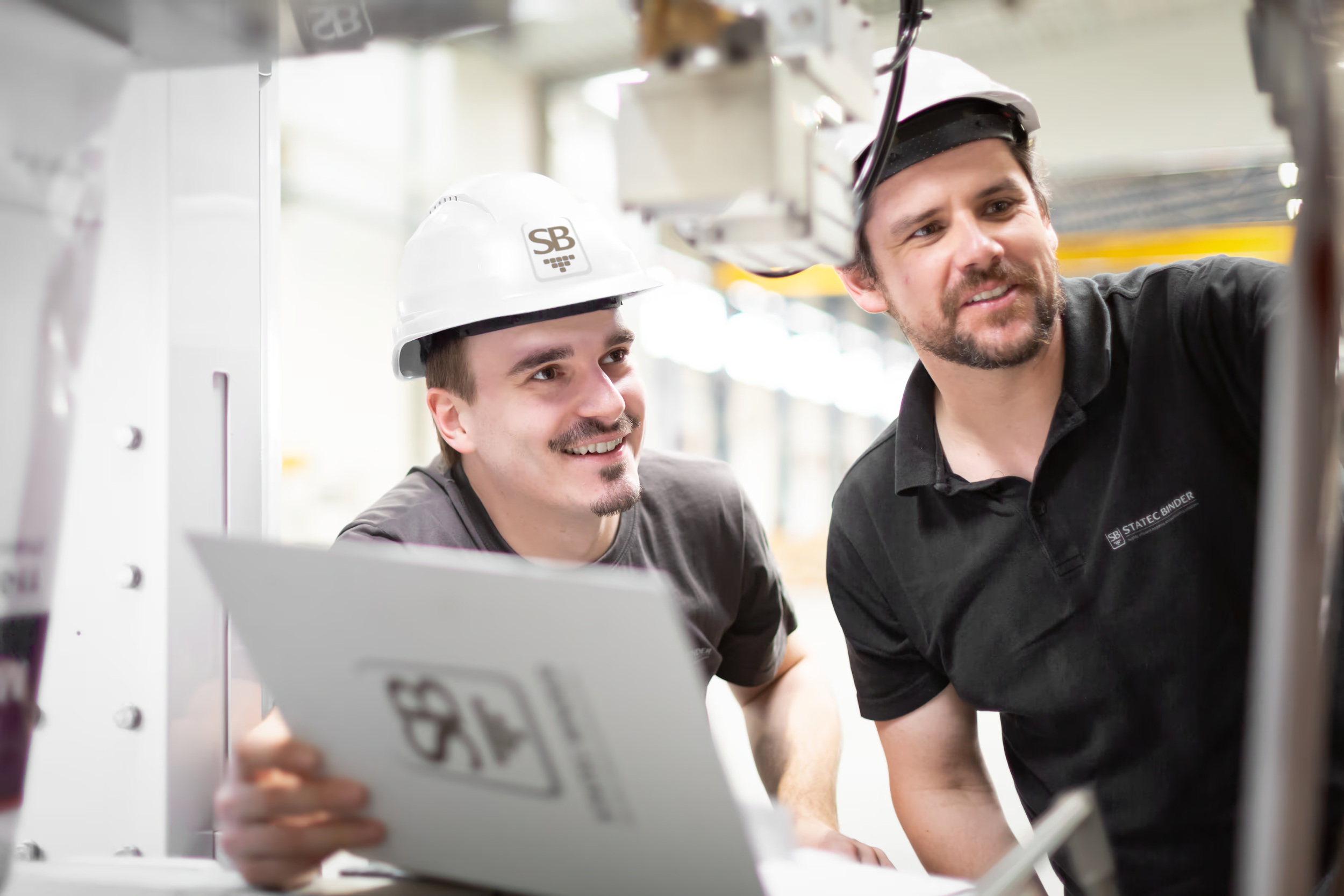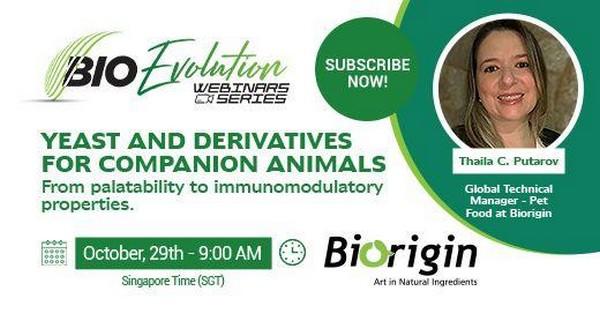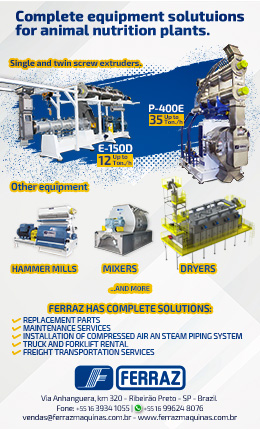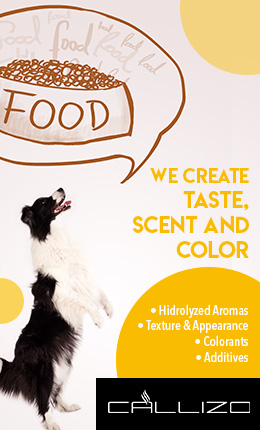
4+ minutos de lectura

4+ MIN
18/10/2024
Prebiotics in Pet Food
Why are they important?
The microorganisms that call the GI tract home require nutrients to survive and proliferate. They produce enzymes that break down nutrients inside the body that our pets lack, and thrive on undigested material, such as prebiotic fiber, that passes through the GI tract relatively unchanged. Ensuring these organisms have access to appropriate nutrients is paramount for a healthy and diverse bacterial population in the gut. This can help to prevent pathogenic bacteria from proliferating, which can reduce the incidence of GI upset, diarrhea, and overall dysbiosis.
Not all fiber is created equal
While bacteria can break down nutrients that animals cannot, there are still limitations to what they can utilize. Fiber is a carbohydrate consisting of sugars bound together, and their orientation determines which enzymes can digest them. Soluble fiber, which attracts water and forms a gel during digestion, forms most of the fermentable fibers in the digestive tract. This kind of fiber is generally what is used as prebiotics, and they include compounds such as inulin, fructo-oligosaccharides, beta-glucans, and others. Insoluble fiber on the other hand, is insoluble in water and does not form a gel during digestion. In general, these are minimally fermented in the large intestine, and thus, are not commonly used as a prebiotic. However, they do add bulk to the stool and are important for promoting regularity and maintaining stool quality. Common sources of insoluble fiber include cellulose and hemicellulose.
When formulating a diet with prebiotics, it is important to ensure the ingredient accomplishes the goals of the formulation. Ultimately, the prebiotic must support the microorganisms in the large intestine to be effective. While prebiotics come in many forms, two common prebiotics used in pet food are inulin and fructo-oligosaccharides (FOS).
Inulin
Inulin is a long-chain fructo-oligosaccharide that is common prebiotic fiber in pet foods and is commonly derived from chicory root. Inulin is well known to modify the composition of the gut microbiome and metabolic activity in a variety of animals.1 It has been relatively well studied in dogs,2-6 where it has been shown to increase the prevalence of beneficial bacteria, modify the fecal short chain fatty acid profile, and support better overall GI health. Similar results have been demonstrated in cats,7,8 though the inclusion rates are different from that of dogs.
Fructo-oligosaccharides
Fructo-oligosaccharides are similar to inulin in that they are chains of fructose, though they are generally smaller in length. Similar to inulin, FOS have been shown to improve the gut microbiome and fecal characteristics of dogs, 9,10 and cats.11-13 Therefore, FOS could be a good alternative to inulin in pet diets.
Conclusions
Prebiotics can be an effective way to supplement a pet's diet to improve gut health. It is important that the prebiotic inclusion rate is appropriate to ensure that the pet receives enough of it to impart a beneficial effect on their GI health, but not too much to result in loose stool.
If you are interested in creating a product that utilizes prebiotic fiber, contact BSM Nutrition Services. We utilize scientific data from a variety of published research articles to ensure your product is efficacious and competitive in the marketplace.
Source: BSM Partners
References
Flickinger, EA, Fahey GC. 2002. Pet food and feed applications of inulin, oligofructose and other oligosaccharides. Brit. J. Nutr. 87(S2):S297-S300.
Propst, EL, Flickinger, E, Bauer, L, Merchen, N, Fahey, GC. 2003. A dose-response experiment evaluating the effects of oligofructose and inulin on nutrient digestibility, stool quality, and fecal protein catabolites in healthy adult dogs. J. Anim. Sci. 81(12):3057-3066.
Alexander, C, Cross, TWL, Devendran, S, Neumer, F, Theis, S, Ridlon, JM, Suchodolski, JS, de Godoy, MR, Swanson, KS. 2018. Effects of prebiotic inulin-type fructans on blood metabolite and hormone concentrations and faecal microbiota and metabolites in overweight dogs. Brit. J. Nutr. 120(6):711-720.
Beloshapka, AN, Duclos, LM, Boler, BMV, Swanson, KS. 2012. Effects of inulin or yeast cell-wall extract on nutrient digestibility, fecal fermentative end-product concentrations, and blood metabolite concentrations in adult dogs fed raw meat–based diets. Am. J. Vet. Res. 73(7):1016-1023.
Russell, TJ. 1998. Effect of natural source of non-digestible oligosaccarides on the fecal microflora of the dog and effects on digestion.
Beloshapka, AN, Dowd, SE, Suchodolski, JS, Steiner, JM, Duclos, L, Swanson, KS. 2013. Fecal microbial communities of healthy adult dogs fed raw meat-based diets with or without inulin or yeast cell wall extracts as assessed by 454 pyrosequencing. FEMS Microbiol. Ecol. 84(3):532-541.
Hesta, M, Janssens, G, Debraekeleer, J, De Wilde, R. 2001. The effect of oligofructose and inulin on faecal characteristics and nutrient digestibility in healthy cats. J. Anim. Physiol. Anim. Nutr. 85(5‐6):135-141.
Butowski, CF, Thomas, DG, Young, W, Cave, NJ, McKenzie, CM, Rosendale, DI, Bermingham, EN. 2019. Addition of plant dietary fibre to a raw red meat high protein, high fat diet, alters the faecal bacteriome and organic acid profiles of the domestic cat (Felis catus). PloS One. 14(5):e0216072.
Félix, AP, Brito, CM, Zanatta, CP, Lima, DC, Oliveira, SG, Maiorka, A. 2013. Supplementation of fructooligosaccharides (FOS) on faecal characteristics of adult dogs. Archiv. Vet. Sci. 18(1):9-14.
Pinna, C, Vecchiato, CG, Bolduan, C, Grandi, M, Stefanelli, C, Windisch, W, Zaghini, G, Biagi, G. 2018. Influence of dietary protein and fructooligosaccharides on fecal fermentative end-products, fecal bacterial populations and apparent total tract digestibility in dogs. BMC Vet. Res. 14:1-10.
Sparkes, AH, Papasouliotis, K, Sunvold, G, Werrett, G, Gruffydd-Jones, EA, Egan, K, Gruffydd-Jones, TJ, Reinhart, G. 1998. Effect of dietary supplementation with fructo-oligosaccharides on fecal flora of healthy cats. Am. J. Vet. Res. 59(4):436-440.
Barry, KA, Wojcicki, BJ, Middelbos, IS, Vester, BM, Swanson, KS, Fahey, GC. 2010. Dietary cellulose, fructooligosaccharides, and pectin modify fecal protein catabolites and microbial populations in adult cats. J. Anim. Sci. 88(9): 2978-2987.
Barry, KA, Hernot, DC, Van Loo, J, Fahey, GC, de Godoy, MRC. 2014. Fructan supplementation of senior cats affects stool metabolite concentrations and fecal microbiota concentrations, but not nitrogen partitioning in excreta. J. Anim. Sci. 92(11):4964-4971.
